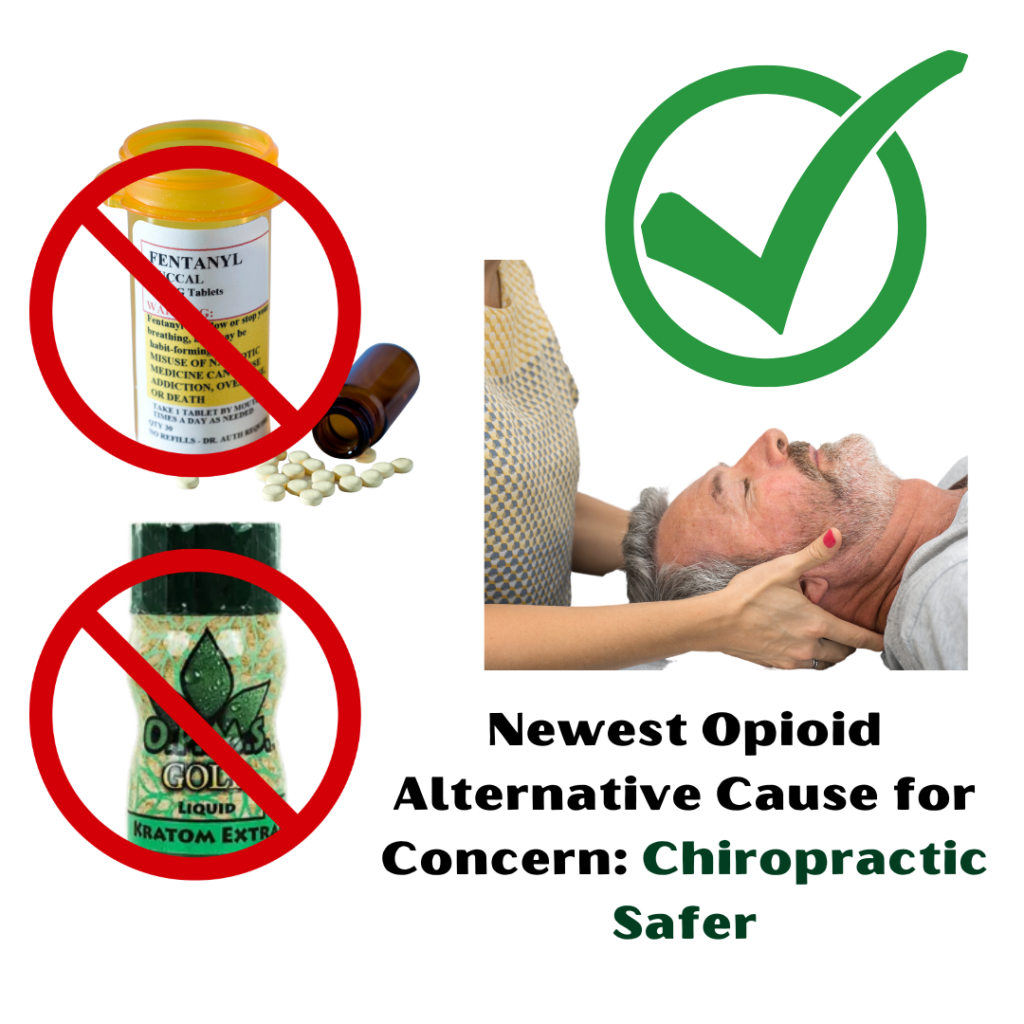Of the many withdrawal symptoms that opioid addiction holds, opioid-induced hyperalgesia is a crucial one to note. Hyperalgesia is a symptom that affects how person feels pain. For example, in a situation where pain may feel normal to someone, a person with hyperalgesia may feel a severe or an excessive amount of pain.
The body is made up of reactionary nerves which stem from the central nervous system. The central nervous system consists of the brain and spinal cord. The spinal cord communicates pain receptors to the brain. Each portion of the spine is connected to specific nerves within the body. For example, the lower portion of the spine has nerves that interact with the bladder whereas the neck portion of the spine has nervous that interact with the arms and hands. When taking opioid prescriptions, the pain receptors that run through the central nervous system are blocked or reduced to help alleviate pain in patients.
Those who’ve relied on opioid prescriptions for long amounts of time are used to the medications blocking those pain receptors. This isn’t the same thing as tolerance because tolerance is when the body becomes immune to the prescriptions uses.
When prescribers begin to notice hyperalgesia, patients must begin the process of weaning or reducing the dosage. A sudden stop in the usage of opioids with high doses can cause serious consequences. Providers may consider other ways to help manage pain to help their patients no longer rely on opioid medications, such as chiropractic.
A study in The Clinical Journal of Pain showed that veterans who were on long-term opioid therapy experienced 38 percent faster dose reduction when exposed to complementary and integrative health modalities, including chiropractic, acupuncture and meditation. These drug free approaches additionally help to control pain as patients wean off the opioids.
To read more on this study visit: https://journals.lww.com/clinicalpain/Abstract/2022/06000/Association_Between_Exposure_to_Complementary_and.4.aspx





